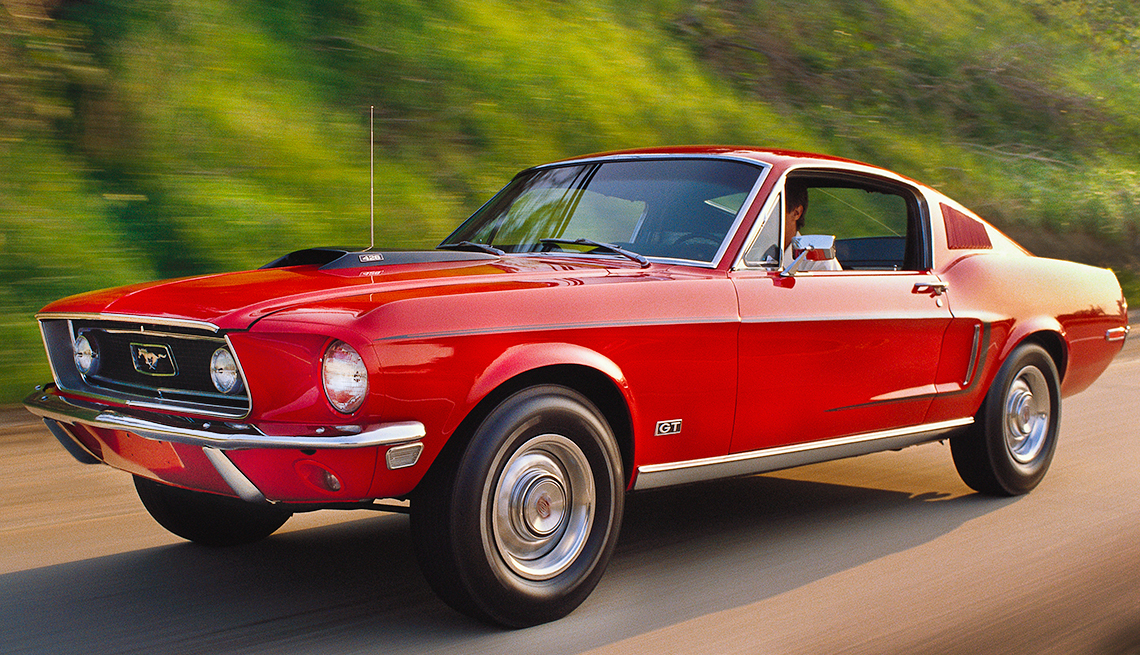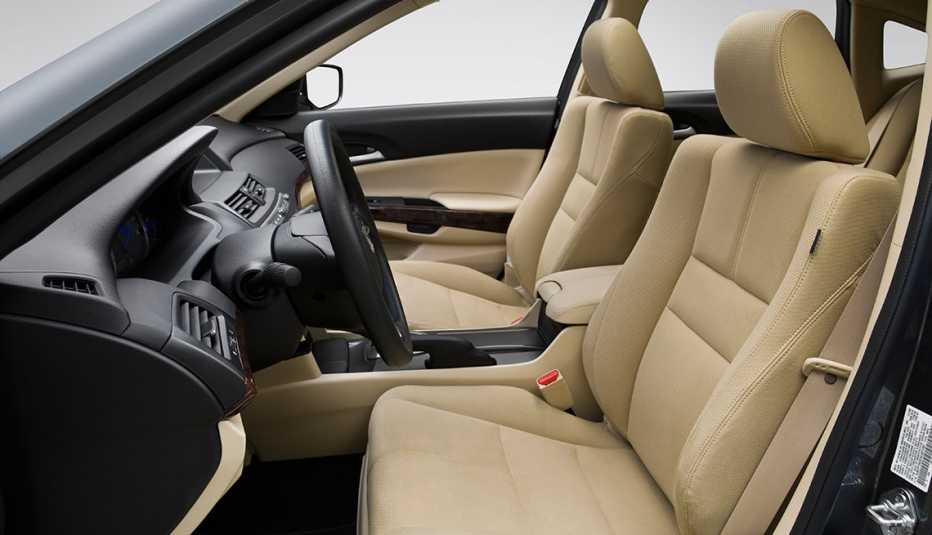AARP Hearing Center
If you're thinking of buying a classic car, there's something very important you need to be aware of. That well-aged four-wheel beauty that kicks your pulse up a notch also is unsafe, at least by today's standards.
And you can't easily or inexpensively compensate for a classic's lack of the safety features we take for granted nowadays.
With a collector car of the '60s and '70s, "you can end up building a brand-new car when safety issues are considered, compared to today's cars," says Gordon McCall.
McCall is a veteran of classics: a restorer, collector, driver and racer of vintage vehicles. He's also CEO of McCall Events, which produces motor sports events.
Here are six safety upgrades to keep in mind when shopping for a classic car. None of the modifications is inexpensive, and some, such as steering and chassis changes, can run into thousands of dollars.
Safety belts
Purists might object to installing or replacing safety belts in classic cars that didn't originally have the lap-shoulder belts standard today. But they are a safety feature that could save your life. That's considered so important, McCall says, that some "car shows look the other way if it's a safety issue," judging and scoring a newly belted car as if it were original.
You can buy lap-shoulder belts that fit older cars. If you're handy, you can install them yourself. But because belts are a key safety feature, at least consider professional installation.
McCall says a good way to learn where the belts should be mounted is to read the rule book for an organization such as the Sports Car Club of America (SCCA), which requires high-end belts in racers. A rule book "explains where attachment points should be and how they should be reinforced," he says.



































































